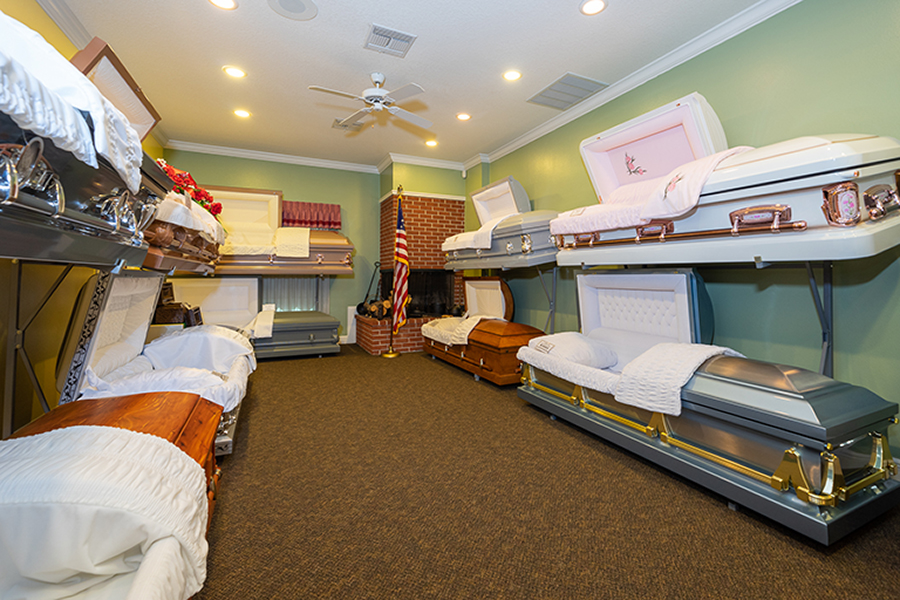Today, people all over the world commemorate their loved ones with ceremonies that reflect their religious or cultural attitudes toward death. We have rituals for other passages of life, such as: graduations and weddings.
Therefore we need a ritual for death, one of the most significant of all passages. A funeral isn’t to recognize a life has ended, it is to recognize that a life was lived. The funeral offers survivors a chance to gather and recall what mattered to them about the deceased’s life, their accomplishments, friendships, guidance or love.
The funeral also helps the survivors to heal emotionally. When someone we love dies, we experience grief even though it hurts, it is something that shouldn’t be avoided. Grief is part of the healing process that allows us to separate ourselves from the deceased person and go on with our lives.
There are many emotions that accompany the death; they are important steps in grieving. These emotions range may be anger, guilt, fear, sorrow and depression. The funeral gives mourners a place to express those feelings. Mourners are stimulated to talk about the deceased. This is one of the first steps towards accepting the death. The funeral brings a community of mourners who, by supporting each other, can help themselves through a difficult period.
In order to resolve their grief, mourners need to accept the reality of death not only on an intellectual level, but on an emotional level as well. This is the reason the traditional funeral is usually preceded by an open casket visitation period. This may seem unnecessary, but many grief experts say nothing helps a person accept the death of a loved one as much as seeing them. Viewing helps grieving because you are shown that there is no return.
The final disposition is the most powerful moment in the entire funeral process. For survivors, this is a strong symbolic moment. It is a confirmation that they must let go of the person who has died and they must look ahead to a changed life.
For this reason, it is important for a family to choose a final disposition most meaningful to them and most appropriate for the deceased.

Earth Burial– Also known as an interment. This is the most traditional form of disposition in the U.S. We Americans seem to prefer the idea of a final resting place and a graveside where we can go to remember the person that died.
Entombment– Like burial, it offers a fixed, final resting place. When a body is entombed, the casket is placed in a mausoleum, which is an above ground structure usually made of marble, stone or concrete.
Traditional – Usually includes a viewing and a formal service with the body present.
Memorial – A service without the body present, but may or may not have the ashes present.
Direct – No viewing or no services.